AsiO Gusto
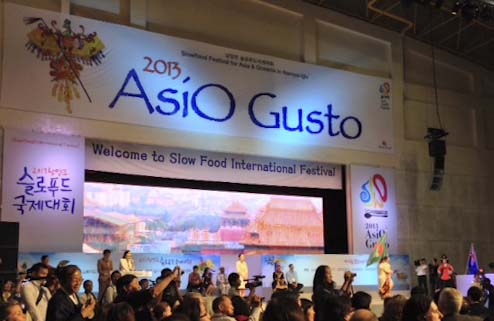
Opening ceremony of AsiO Gusto: Chinese delegation enters
I had the good fortune to attend AsiO Gusto, Asia’s first Slow Food conference, in Korea. Being the first conference, I had relatively low expectations but wanted to see how food professionals in the 40 participating countries in Asia and Oceania viewed their role in relation to the Slow Food movement. What I was greeted with instead was an immense gathering of peoples from all over the world showcasing their traditional foods in an expertly organised and generously hosted event. It was the equivalent of attending a food Olympics. Food brings together people of all backgrounds and chefs, farmers, students, food producers, scientists, writers, and gourmands alike were attracted to this event. Visitors numbered more than 530,000.
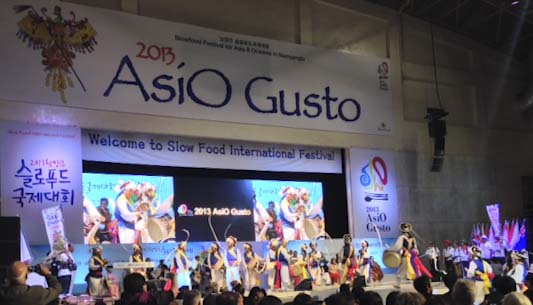
Traditional Korean dancing
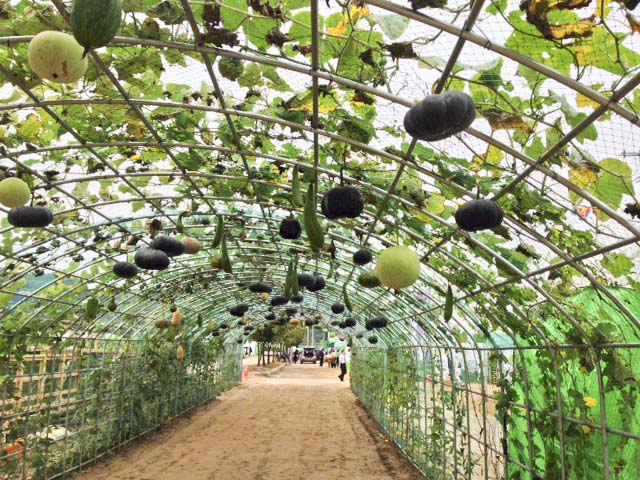
Entrance to AsiO Gusto under a canopy of squash
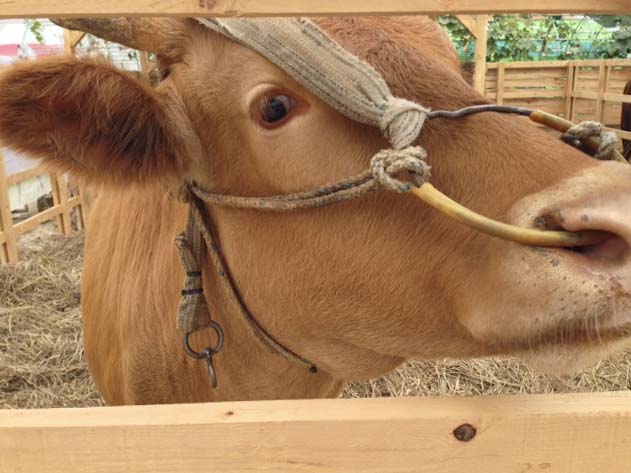
Cow at AsiO Gusto
What is Slow Food?
The goal of Slow Food is the preservation of traditional foods and ingredients with the ultimate goal of food diversity. So many of the foods my grandfather enjoyed in Beijing in the 1920’s and my father enjoyed in Hong Kong in the 1950’s have disappeared. Even some of my favourite foods as a child are increasingly rare as they don’t fit into today’s health conscious, fast paced, increasingly global lifestyle focused on the profit margin. Slow Food wants to ensure that these foods, which are integral to our culinary heritage, are not lost forever. They believe there has been a narrowing of our culinary richness as dishes and ingredients disappear and a global mainstream diet emerges based on a fraction of the ingredients previously available to us.
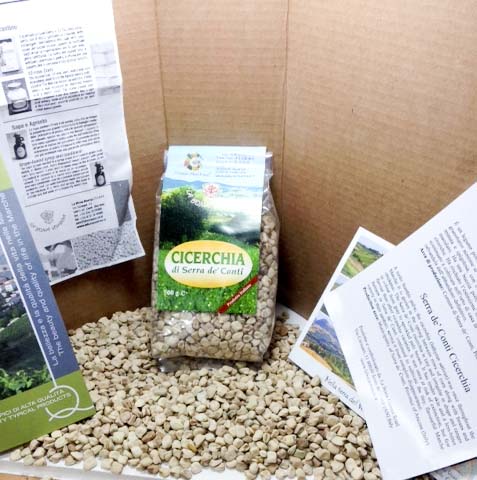
Cicerchia- one of the food items in the Ark of Food, traditional foods to be preserved
Beginning with this objective, the implementation is far reaching and covers issues such as how society and culture impact how we eat and the effects it has on our environment and local economy. If the ultimate effect of our actions is undesirable, we need to reconsider how we act. As most Asians today are more prosperous than before, the focus can shift from ensuring subsistence to how we ideally want our children to eat and what world we want them to live in.
The principles espoused by Slow Food are that food must be good, clean and fair. Their definition of good food is probably quite similar to my grandmother’s – it must be fresh, taste good, be in season (part of tasting good in my opinion but clearly not obvious to everyone), and part of local culture.
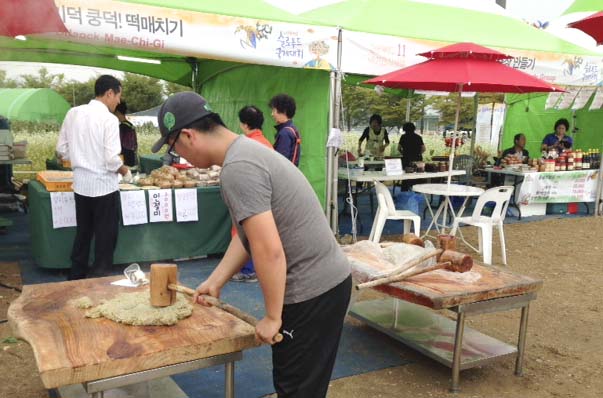
Rice husks are pounded to make traditional Korean rice cake
The next two principles are as integral to the sustainability of good food but are not as obvious to some people. Clean food is defined as food which is produced and consumed in a way that does not harm the environment, human health, or animal welfare. Fair means the food is priced properly for both the consumer and the producer.
How do we achieve this?
We can start with ourselves. As a mother and a cook, I can start with what I teach my own children. The first thing is to prioritise taking the time – this is where the word “slow” comes into slow food. My children see us shop for food, we visit farms and pick food, we grow our own herbs, and we cook all together. We sit at the table all three generations together and enjoy our food. (Actually we are not so perfect, my older son sits for 5 minute periods in between finding new and inventive excuses to leave the table. One day we’ll get there.) We grew mushrooms last year and are going to make cheese this year. The children love it as they are tactile inquisitive creatures eager for a new adventure and proud of their accomplishments. By making traditional and festive foods at home, rather than buying them, it forms childhood memories and culinary knowledge to be passed down through the generations. By taking the time to go to small shops and farms and buy our food, the children grow up seeing the personal relationship between the food producer and the consumers. By shopping together, they better understand the sensory relationship with food that does not come wrapped in plastic or wax. If you can afford it, buy organic, free range, and free trade foods for the benefit of the environment and the community’s health.
So think of that favourite food you had a child, the one you haven’t had since your grandmother used to make it for you, and start making it with your family today.
My childhood food memory is a sticky rice dough filled with red date paste, cut into diamonds, and fried until golden.

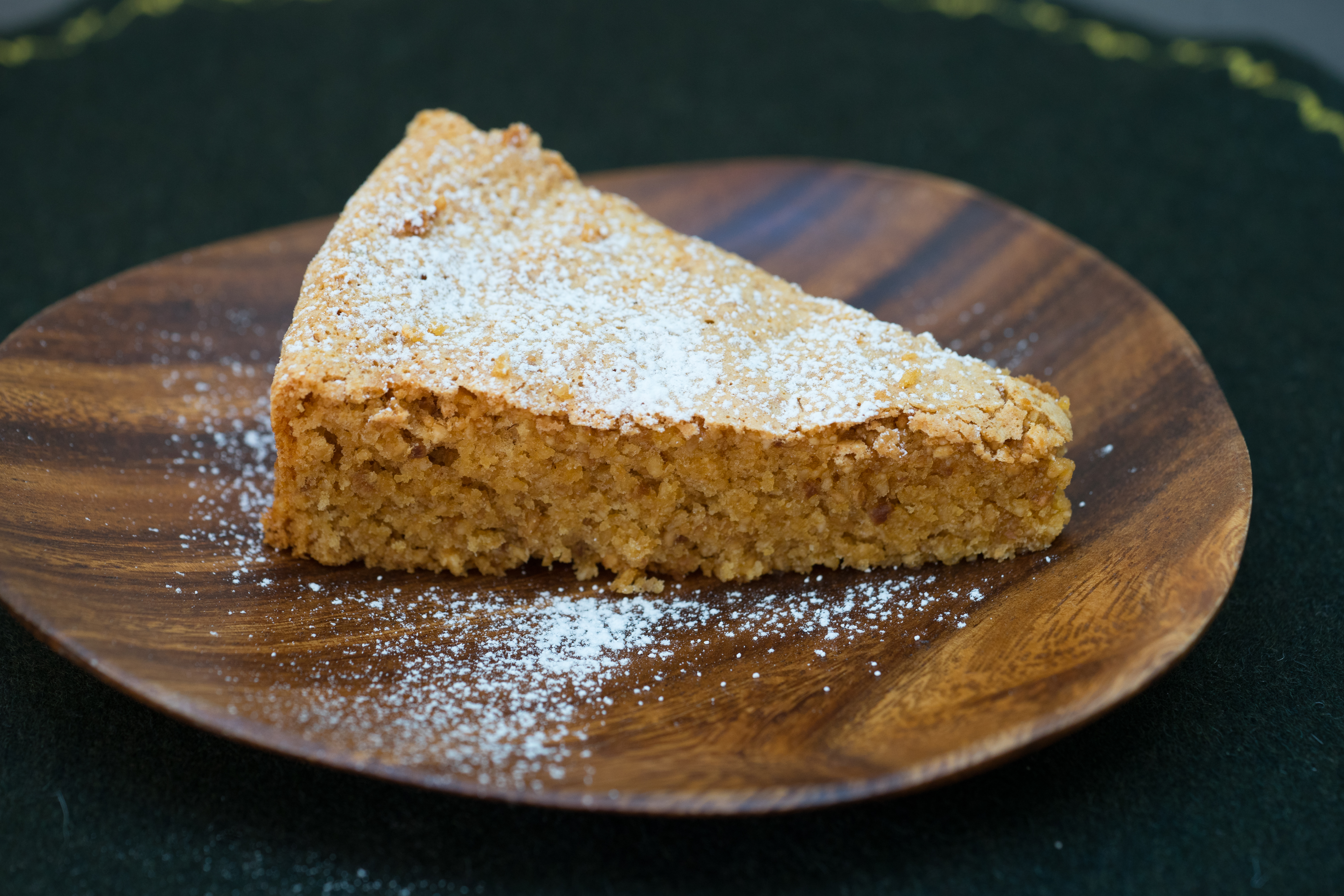
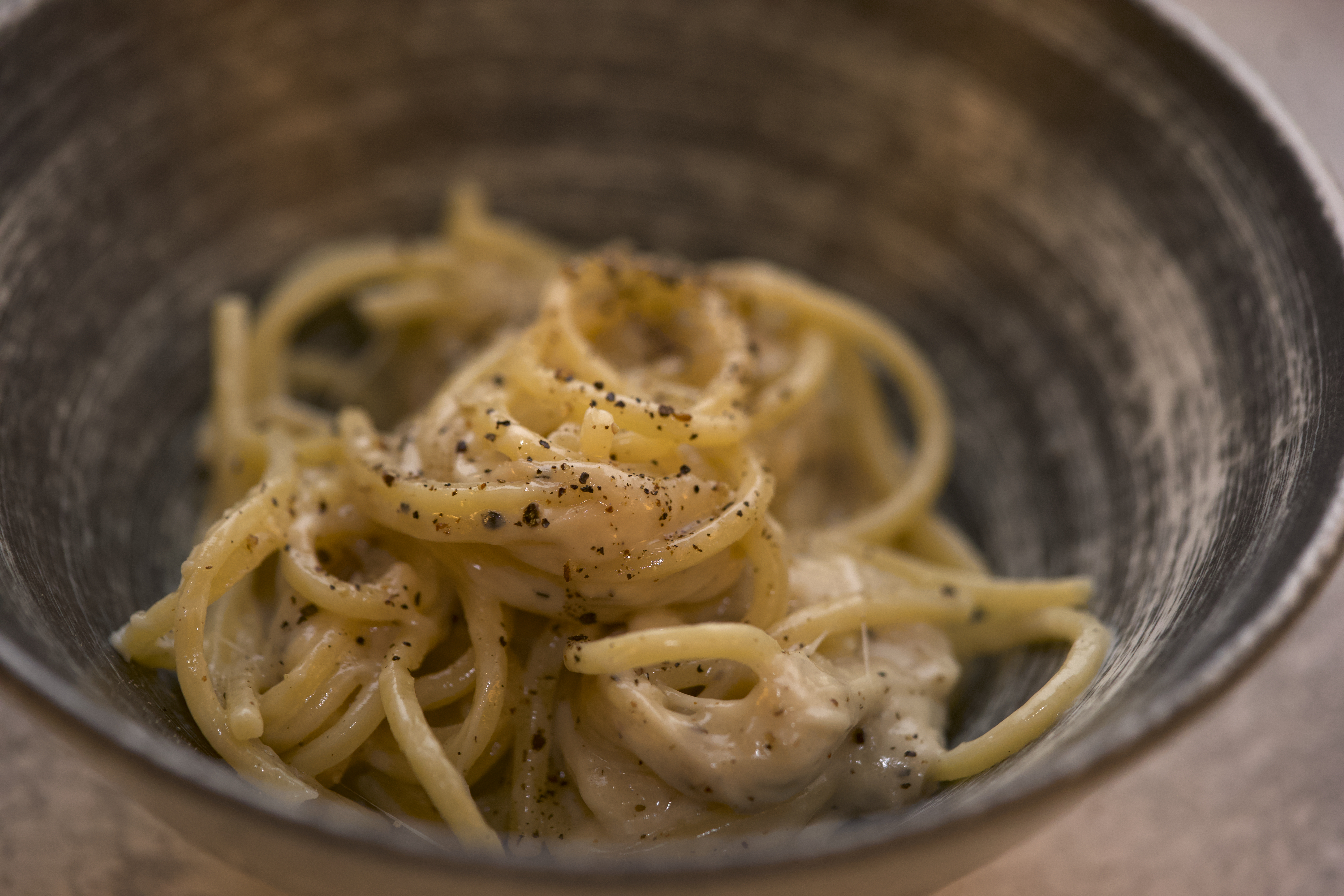
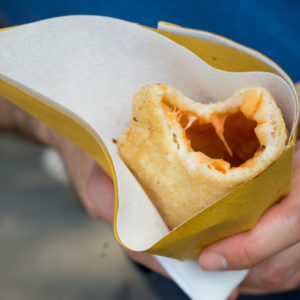

Leave a Reply